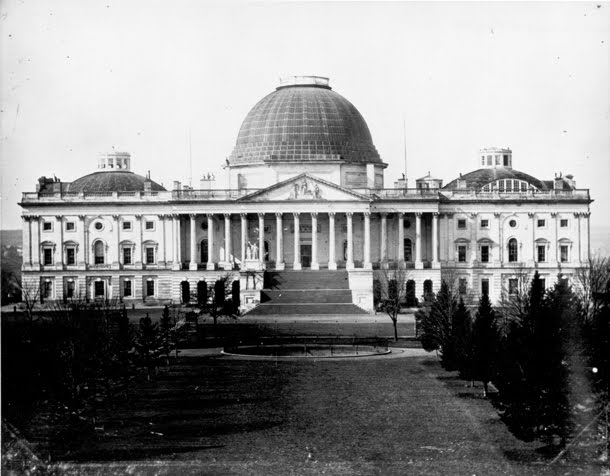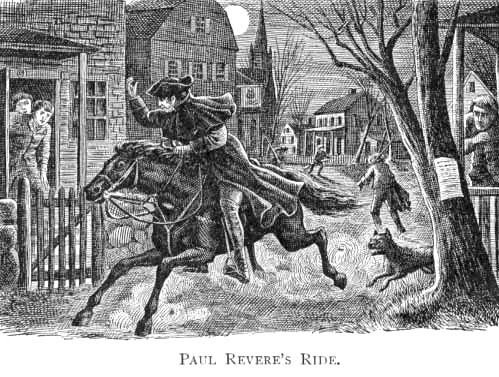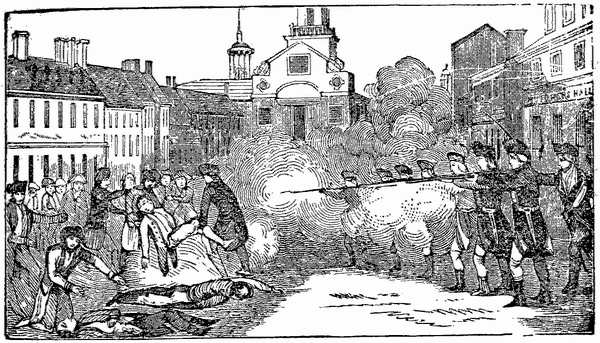From World Net Daily and The Patriot Update:
1-man, 6-vote racial plan used to choose board's 1st minority
Federal judge ordered system changed when majority continued to dominate
--------------------------------------------------------------------------------
Posted: August 08, 2010
10:18 pm Eastern
By Bob Unruh
© 2010 WorldNetDaily
A bloc of Hispanics, estimated at a little over 20 percent of the voters, successfully installed a candidate of its choosing on a city council after a federal judge ordered the traditional one-person-one-vote system altered because the majority continued to prevail in election after election.
The situation developed in Port Chester, N.Y., where a majority white population continued to choose white candidates for the council, outvoting the estimated 21.9 percent of the voting population that was Hispanic.
Get the inside information, with "Bankrupt: The Intellectual and Moral Bankruptcy of Today's Democratic Party"
However, U.S. District Judge Stephen Robinson, noting there were many more Hispanics who were not voters, demanded a change and approved the city's plan that gave each voter six votes – with permission to concentrate them in any fashion in the recent council election.
The result was that instead of having voters cast one vote in each of six council races this summer, they were allowed to cast up to six votes for a single candidate.
(Story continues below)
Activists who oppose illegal immigration condemned the move.
"It encourages racial voting," said William Gheen, president of Americans for Legal Immigration PAC. "It works only when a minority votes in a racist fashion … instead of choosing candidates on their qualifications."
The plan approved by the judge in a lawsuit by the U.S. Justice Department over the town's election procedures was aimed at reducing the one-person-one-vote system's effect of "illegally" diminishing Hispanic influence.
The lawsuit was hinged on the Voting Rights Act. Michael J. Garcia, the U.S. attorney in the district, told The New York Times earlier the "at-large system of electing Port Chester's Board of Trustees dilutes the votes of Port Chester's minority citizens and undermines democracy."
The lawsuit claimed the village's at-large system in which all voters voted in the race for each open seat on the board let majority white voters prevent minority Hispanic voters from electing their candidates.
Gheen said the plan is similar to the gerrymandered congressional districts where party powers determine the boundaries so that a certain population will control the vote.
(photo: National Review)
"We end up with a lot of very bad actors," he told WND.
But he warned the situation that so far has enveloped one town could be much worse.
"Imagine [a federal program that turns] 12 million illegal aliens into voters," he warned. "Envision a future of when that happens. A lot of people aren't really thinking about [when the U.S. would] suddenly have a new voting bloc of 12 million illegal aliens."
According to a news website serving the Lower Hudson Valley, Hispanics make up about half of Port Chester's population of 28,000, but only about 20 percent of the voters since many are not citizens.
Council elections previously were staggered, with two candidates selected each election and an at-large winner-take-the-seat voting procedure. The procedure imposed under the federal government's lawsuit had all six council seats filled during the same election – with each voter given six votes to use any way he or she chooses.
The result, as reported by The New York Times, was the election of Luis Marino, a Latino candidate who ran as a Democrat. Also elected was the first black on the board, Republican Joseph D. Kenner.
Democrat Mayor Dennis Pilla told the Times, "The new system worked."
A subsequent survey reported by Ballot-Access.org showed 34 percent of the voters gave all six of their votes to one candidate.
One online forum participant, however, didn't go along with the idea that six votes per voter was a good idea.
"Cumulative voting is one more junk so-called reform," the participant said. "Total votes / total seats = Equal votes needed for each seat winner ... Way too difficult for armies of moron lawyers and especially judges to understand."
The original complaint was drawn up by the feds after statistics revealed that, while 46 percent of the village's population was Hispanic – and 21.9 percent of the voting-age residents – no Hispanic was elected.
The Fairvote.org website, which monitored the election, said cumulative voting already has been used for school or other boards in Amarillo, Texas; Chilton County, Ala.; and Peoria, Ill.
The organization also suggested cumulative voting benefits all minorities, "including Hispanics, independents, third parties, Tea Party supporters, enthusiastic backers of major party candidates and so on."
A commentary in the New York Post disagreed.
"Port Chester, N.Y., was forced to swallow a goofy voting scheme that makes sense only if the aim is to erase the distinction between legal and illegal immigrants," the commentary said. "Under the plan, imposed by a federal judge in response to a 2006 Justice Department civil-rights suit, each voter in the board of trustees election got six votes. A voter could give all six votes to one candidate, or divide them among several.
"The reason: No Latinos had ever been elected to any of the six at-large seats in the suburban town, even though they make up nearly half of the population of 28,000. … That's because many of the Latinos are here illegally, so they can't vote. No matter. The cockeyed voting system was put in place to satisfy a claim of discrimination based on their total numbers, as though immigration status has no consequence to election results."
Other winners in the recent election included Democratic Trustee Daniel Brakewood, who was re-elected to a second term, and Republican Joseph Kenner, appointed to the board in 2007, who won election as an incumbent.
John Branca, the lone Conservative nominee, and Saverio Terenzi, a registered Conservative who ran on the Republican line, also were installed on the board.
A blogger at PoliticalJunkieMom wrote, "This. Is. Insane."
"The existing election system = voting one time. How antiquated, right?"
And blogger Erick Erickson at Redstate went further.
"Judge Robinson … overstepped his bounds to impose a solution that not even Barack Obama's Justice Department wanted," he wrote. "He should be impeached."
Subscribe to:
Post Comments (Atom)
.gif)






























No comments:
Post a Comment